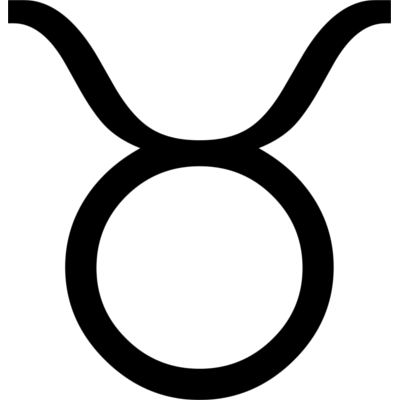
Taurus - zodiac sign

Plot of the ecliptic
from 30 ° to 60 °
Bull to second astrological sign of the zodiac... It is attributed to people born when the Sun was in this sign, that is, on the ecliptic between 30 ° and 60 ° ecliptic longitude. This length falls out from April 19/20 to May 20/21.
Taurus - Origin and description of the name of the zodiac sign
The ancient Sumerians called this constellation the Light Taurus, and the Egyptians worshiped it as Osiris-Apis. The Greeks associated the constellation with the seduction of Zeus (the king of the gods) of Europe, the daughter of the Phoenician king Agenor.
The myth tells of a beautiful white bull that approached Europe while on the shore. Fascinated by the beautiful creature, she sat on his back. The bull sailed to Crete, where Zeus revealed who he was and seduced Europe. From this union, among other things, Minos was born, later the king of Crete.
In the Taurus region, there are two more famous sites that are also associated with myths - the Hyades and the Pleiades. The Pleiades were the daughters of Atlas, who was condemned to maintain the firmament for taking the side of the Titans in the war against the Olympian gods. The Pleiades committed suicide due to grief caused by Zeus's harsh sentence. Zeus out of pity put all seven in the sky. Another myth describes how Orion attacked the daughters of Atlas and the sea nymph Pleiades along with their mother. They managed to escape, but Orion did not give up and pursued them for seven years. Zeus, wanting to celebrate this chase, placed the Pleiades in the sky right in front of Orion. The Hyades, who were also daughters of the Atlas, are the second cluster visible to the naked eye, forming the head of a bull. When their brother Khias died, torn to pieces by a lion or a boar, they cried incessantly. They were also placed by the gods in the sky, and the Greeks believed that their tears were a sign of impending rain.
Another myth tells about the love of Zeus for the nymph Io. The divine lover turned the nymph into a heifer, wanting to hide her from the jealous wife of Hera. The suspicious goddess ordered the capture of Io and the imprisonment of hundreds of Argos. Sent by Zeus, Hermes killed the vigilant guard. Then Hera sent an unpleasant beetle to Io, which tormented her and chased her around the world. Io eventually made it to Egypt. There she regained her human form and became the first queen of this country.
Leave a Reply